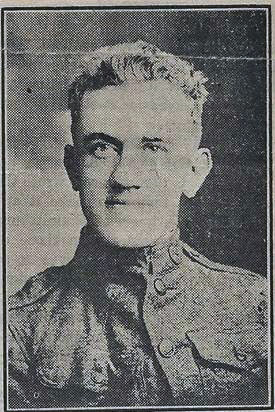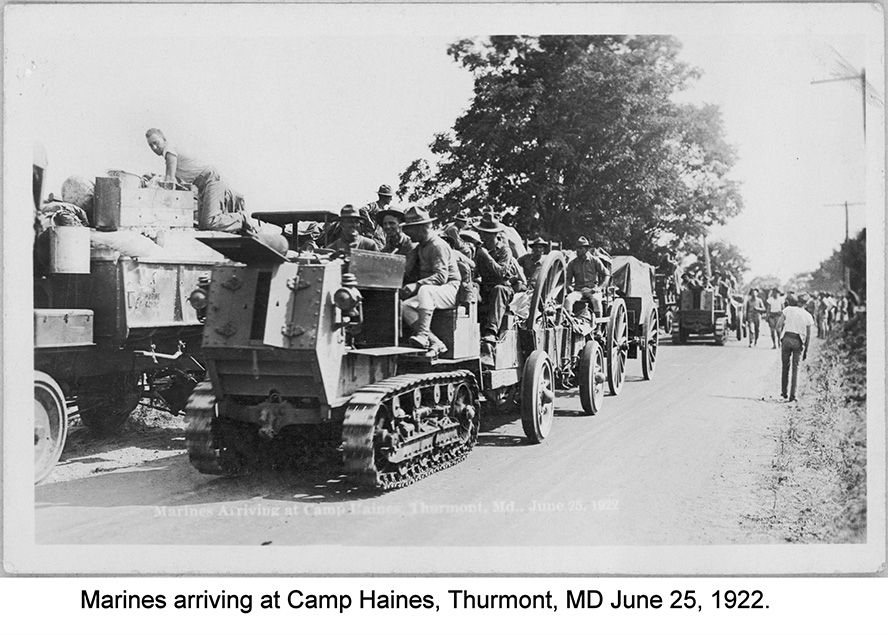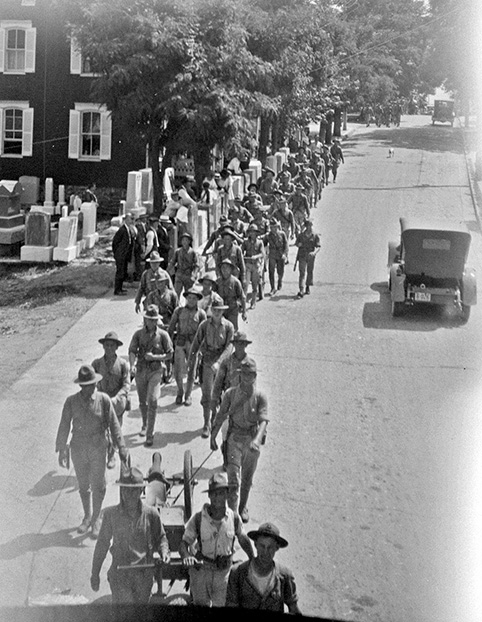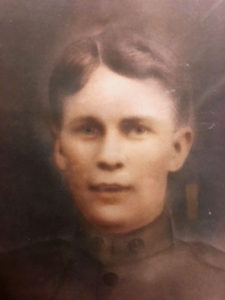
Pvt. Francis Xavier Elder
First to Enlist, First to Fall
by Richard D. L. Fulton
“I am about to enter the fight for democracy…” ~Francis X. Elder, 1918
In 1917, as the United States entered World War I, the soldiers of the 1st, 4th, and 5th Maryland (state national guard) regiments found themselves on their way to France, and in the process, those units were combined to form the 115th Infantry.
Among them was 21-year-old Emmitsburg resident, Francis X. Elder.
Elder was born on June 30, 1893, to Emmitsburg residents Doctor James B. and Sarah B. Elder.
He enlisted in the service of his country on May 9, 1917, the first Emmitsburg resident to do so. Based on a sole, last letter written home in 1918, Elder was full of vim, vigor, and patriotism and was prepared to face an impending storm of battle as the Germans prepared to unleash a massive attack in order to capture Paris.
Between the Germans and their Paris objective, a line of French and American units had been assembled in order to resist the onslaught, Elder amongst them.
The allied resistance effort would become known as the Meuse–Argonne campaign, a counter offensive launch by the allied troops on September 28, 1918 in the hopes of stalling the German advance, if not driving the German forces back completely from their objective of taking Paris.
Elder and his fellow soldiers were deployed within the area of the Belleau Wood, which had been cleared of German occupation in June, a battle so violent that, when the allied forces had prevailed, General John Pershing, commanding the American Expeditionary Forces, said, “The Gettysburg of the war has been fought.”
The troops that Elder was among found themselves in the area of the Belleau Wood as the Meuse–Argonne campaign was launched. Apparently as they moved out on October 11, Elder was fatally injured and listed among those “killed in action.” The place of his death is stated on a memorial dedicated to his memory as having occurred at Belleau Woods, Alcaise Argonne Forest.
Private Francis X. Elder was the first Emmitsburg volunteer to die in the war. One month after his death, on November 11 the guns fell silent across the entirety of the Western Front. The “war to end all wars” was over. The war had cost the United States 116,708 deaths, and had helped spread the deadly Spanish Flu as an aside.
What is likely Elder’s final letter home appeared in the January 9, 1919, edition of The (Allentown, Pennsylvania) Morning Call, which stated his step-brother. Robert G. Smith, “had just received…” almost three months following Elder’s death. It seems fitting in this tribute to print this letter in full:
“As I am about to enter the fight for democracy it is my desire now, whilst I have the opportunity to pencil a few lines briefly, and bid you all a sincere farewell. And may our dear and most precious God always protect you in this life, and knowing this I will die cheerfully and in a good cause, if it be His holy will; otherwise it will be the happiest moment of my life when I once more kiss mother’s lips. If the worst happens to me, take the news courageously and be brave, as I am going into it cheerfully and resigned to whatever my fate may be. If I come through O.K. I will write at once and let you know. Hoping for the best and trusting that I may see you all on earth, or that we will meet in Heaven. I am yours affectionately, farewell, Private Francis X. Elder.”
In 1920, the first American Legion Post in Emmitsburg was organized and named the Francis X. Elder Post No. 75 (later Post No. 121).
Elder’s original headstone was replaced , and the original headstone now stands in front of the American Legion post that bears his name.




